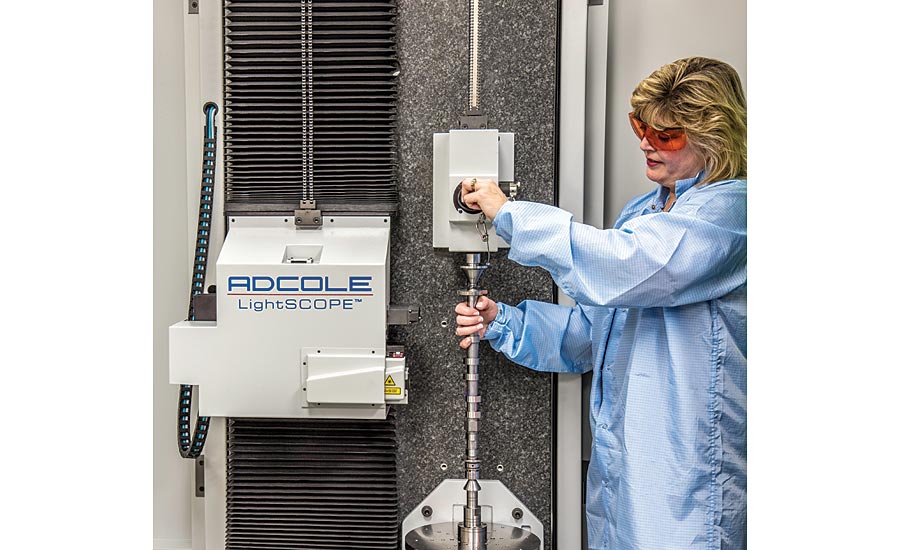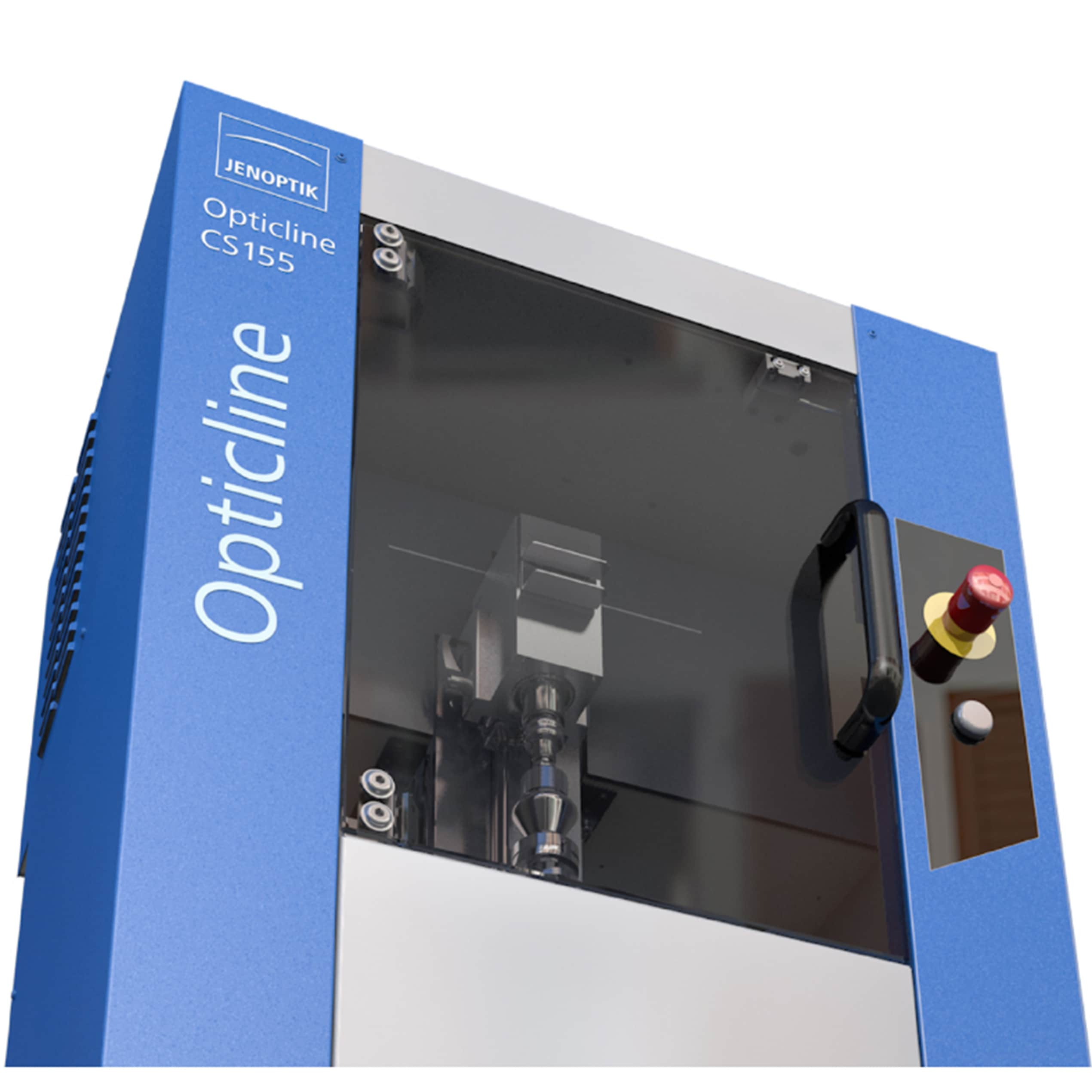Top trends in optical measurement systems for smart factories
Top trends in optical measurement systems for smart factories
Blog Article
The Duty of Optical Measurement Systems ahead of time Metrology Methods
Optical measurement systems have actually transformed metrology, bringing a degree of precision that was as soon as unthinkable. As you explore further, you'll uncover exactly how these systems are shaping the future of dimension and quality control.
The Evolution of Width: A Historical Viewpoint
As you check out the history of width, you'll find that its advancement shows humanity's mission for precision and standardization. From old people using body components as units of measurement to the growth of standard weights and steps, each action shows our wish for precision. The Egyptians built the pyramids utilizing precise dimensions, while the Romans advanced engineering with their sophisticated measuring devices.
During the Renaissance, clinical innovations changed the focus towards much more empirical methods, leading the way for modern-day metrology. The introduction of the statistics system in the late 18th century marked a considerable landmark, developing global standards. Throughout the 20th century, technological developments additionally transformed metrology, making it possible for very exact dimensions in various areas.
Today, metrology remains to develop, incorporating digital modern technology and automation. This history highlights not simply the significance of dimension yet additionally our unrelenting quest of improving precision and uniformity in our significantly complicated globe.
Concepts of Optical Measurement Solutions
Understanding the concepts behind optical measurement systems is essential for accurate cause assessment. You'll want to consider essential optical principles, dimension precision variables, and reliable system calibration methods. Each of these components plays an important duty in ensuring your measurements are specific and reputable.
Essential Optical Principles
While exploring optical measurement systems, you'll come across essential optical principles that form the foundation of accurate information purchase. Light behaves in foreseeable means, and comprehending these actions-- like refraction, diffraction, and reflection-- is important for effective dimensions. By understanding these principles, you'll be outfitted to utilize optical modern technologies effectively, paving the way for advancements in assessment and guaranteeing your measurements are both trusted and repeatable.
Measurement Accuracy Factors
To achieve high dimension accuracy in optical systems, a number of factors enter play, influencing the reliability of your results. The top quality of the optical parts matters substantially. High-quality lenses and detectors minimize aberrations and sound, guaranteeing your dimensions are precise. Second, environmental problems like temperature level and humidity can impact dimensions, so preserving a secure setting is crucial. Third, the alignment of the optical system is essential; even small imbalances can bring about substantial errors. Lastly, the wavelength of light used influences the resolution and accuracy of your measurements. By resolving these factors, you can enhance the total performance of your optical measurement systems, leading to more dependable and exact lead to your width applications.
System Calibration Methods
Accomplishing high dimension accuracy is just part of the equation; correct system calibration methods are just as important in optical dimension systems. Next, utilize well-known measurements to confirm the system's outcome and make required adjustments. With these strategies, you'll enhance the reliability of your optical measurement system.
Trick Technologies Behind Optical Measurement
Optical measurement systems count on a number of vital technologies that improve precision and efficiency in assessment. One essential innovation is interferometry, which makes use of the interference of light waves to measure little variations and surface area irregularities with extreme precision. You'll likewise discover laser scanning systems, which record detailed 3D data of items swiftly, making them invaluable for dimensional analysis.
Additionally, CCD and CMOS sensors play a considerable function in transforming light right into electric signals, permitting high-resolution imaging and exact dimensions. Advanced formulas for photo handling better boost dimension precision by assessing information in actual time, straining sound and boosting functions.
Lastly, fiber optics supply versatility and the capability to gauge in difficult atmospheres while keeping signal honesty. By leveraging these modern technologies, you can attain superior cause your metrology jobs, making certain that your dimensions are both trusted and exact.
Applications of Optical Measurement in Sector
As sectors significantly require precision and efficiency, the applications of optical dimension systems have actually become vital throughout different sectors. In production, these systems assist you keep track of measurements and tolerances in real-time, ensuring quality assurance without lengthy manual checks. In the auto market, optical dimensions help in aligning elements with accuracy, improving safety and efficiency.
In electronic devices, you're utilizing optical approaches to check min functions on motherboard, finding problems that can lead to failings. The aerospace sector gain from non-destructive testing techniques, permitting you to evaluate products and components without endangering their integrity.
Optical measurement additionally plays an essential function in fabrics, guaranteeing textile measurements meet precise requirements. optical measurement system. With their capacity to provide high-resolution data swiftly, these systems encourage you to make informed decisions, enhance procedures, and ultimately drive development across your market
Enhancing Precision and Performance in Measurements
When you consider boosting precision in dimensions, accuracy in your dimension techniques is vital. By enhancing these procedures, you can achieve quicker results without compromising high quality. Let's check out exactly how embracing sophisticated optical dimension systems can raise both precision and effectiveness in your job.
Precision in Measurement Methods
Precision in measurement techniques is vital for accomplishing trusted outcomes in width, specifically given that tiny discrepancies can result in significant errors. By making use of innovative optical dimension systems, you can boost the precision of your dimensions. These systems give high-resolution information that assist you discover even the slightest variants in dimensions. You decrease unpredictabilities and improve repeatability in your procedures when you embrace these technologies. Additionally, exact measurements permit you to preserve quality assurance, ensuring that items satisfy strict specifications. This not just increases your trustworthiness but likewise improves consumer contentment. Buying precision dimension tools ultimately leads to boosted effectiveness, decreased waste, and enhanced manufacturing cycles. Accepting these techniques will certainly transform your approach to width, yielding impressive click now results.
Improving Measurement Procedures
To improve precision click for info and efficiency in dimensions, streamlining your measurement processes is vital. Begin by adopting optical measurement systems that supply real-time information, reducing the moment invested on hands-on recording. These systems commonly incorporate effortlessly with existing software program, enabling you to automate information collection and evaluation.
Next, systematize your measurement methods. By executing consistent treatments, you reduce irregularity and improve repeatability. Do not forget to routinely adjust your devices to guarantee its accuracy.

The Impact of Optical Measurement on Research Study and Growth
As scientists undertaking to push the boundaries of development, optical measurement systems have ended up being important devices in the growth process. These systems offer you with accurate, real-time information that improves your capability to evaluate complicated materials and structures. In various areas, from biotechnology to aerospace, you depend on optical measurements to improve and enhance layouts product performance.

With high-resolution imaging and non-contact methods, you can decrease sample disruption, enabling more precise results. This capability to catch minute information accelerates your R&D cycle, letting you repeat designs swiftly and effectively. In addition, optical measurement fosters partnership throughout disciplines, as the information created is commonly easily interpretable and shareable.
Eventually, integrating optical dimension systems into your research not only enhances performance yet also grows your understanding of the phenomena you research study. By leveraging these sophisticated techniques, you're better furnished to innovate and remain ahead in a competitive landscape.
Future Trends in Optical Dimension Equipments
With the rapid innovation of innovation, you're most likely to see significant changes in optical measurement systems that will redefine their application throughout numerous industries. You'll notice a move toward enhanced automation and assimilation of artificial knowledge, allowing for real-time data analysis and enhanced accuracy. Miniaturization is an additional fad; small gadgets will certainly enable dimensions in tighter areas, making them perfect for fields like aerospace and biomedical applications.
Anticipate to see systems that can run in challenging environments, giving trusted dimensions in severe problems. As these innovations assemble, you'll discover that optical measurement systems not only boost precision yet browse around this site likewise simplify process, eventually driving innovation and performance in your jobs.
Regularly Asked Concerns
How Do Optical Measurement Equipments Contrast to Conventional Measurement Techniques?
Optical dimension systems provide greater accuracy and faster results contrasted to typical methods. You'll locate they record even more data points precisely, minimizing human error and increasing reliability, making them a favored selection in different applications.
What Industries Advantage The Majority Of From Optical Measurement Systems?
You'll discover markets like aerospace, vehicle, and electronics benefit most from optical dimension systems. These sectors rely upon accurate measurements to assure quality and performance, improving performance and lowering prices via advanced modern technology.

Are Optical Dimension Equipments Expensive to Carry Out?
Optical measurement systems can be expensive to apply, however their precision and effectiveness typically justify the expense. Purchasing such innovation can bring about substantial long-term financial savings and improvements in quality throughout numerous applications.
What Skills Are Needed to Operate Optical Dimension Equipments?
To run optical measurement systems, you'll need strong logical skills, interest to detail, and effectiveness in software application devices. Familiarity with optics and an understanding of measurement concepts will certainly likewise enhance your effectiveness and efficiency.
How Do Ecological Variables Affect Optical Measurements?
Ecological elements like temperature, air, and moisture top quality can distort optical measurements. You'll discover variations in precision due to light disturbance or refraction. optical measurement. Maintaining secure conditions is essential for precise and trusted optical dimension outcomes
Conclusion
In summary, optical measurement systems are revolutionizing metrology by providing unmatched accuracy and efficiency. By harnessing innovative concepts and technologies, these systems improve accuracy while minimizing interruptions in different sectors. As you discover future patterns, you'll see exactly how the integration of AI and automation will remain to raise dimension techniques, driving innovation and improving quality control. Welcoming these advancements will be necessary for remaining competitive and accomplishing excellence in your field.
Accomplishing high measurement precision is only component of the equation; proper system calibration strategies are similarly essential in optical measurement systems.When you assume regarding improving precision in measurements, precision in your dimension strategies is important. By using sophisticated optical measurement systems, you can boost the precision of your dimensions.To improve accuracy and effectiveness in dimensions, improving your dimension processes is necessary. Just How Do Optical Dimension Solutions Contrast to Typical Measurement Techniques?
Report this page